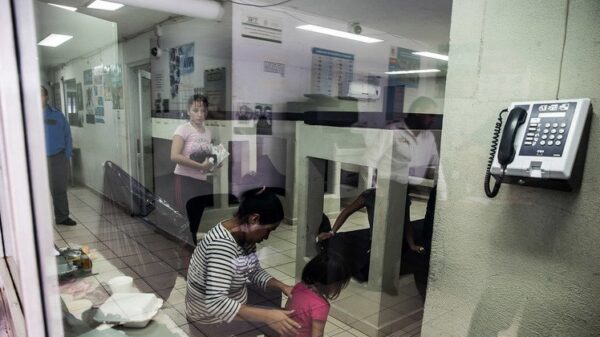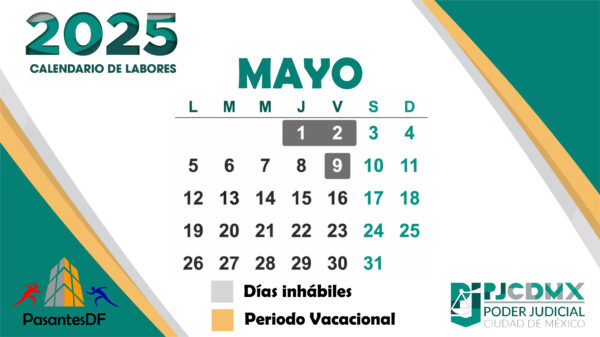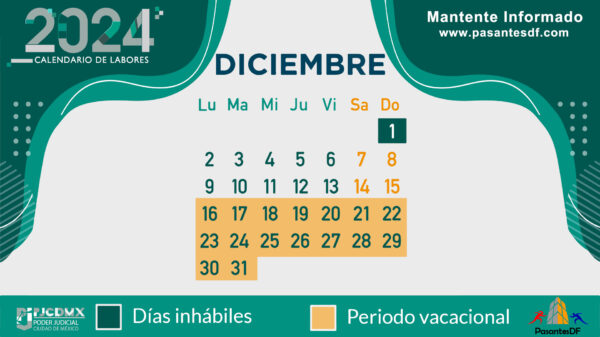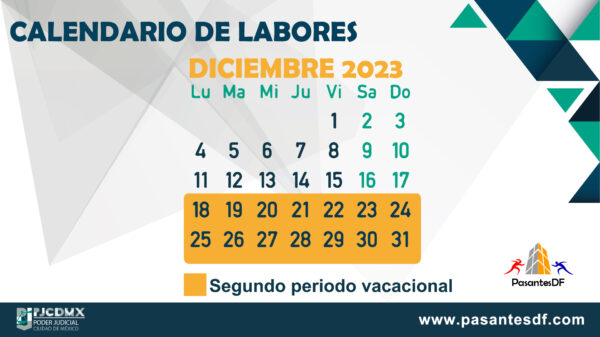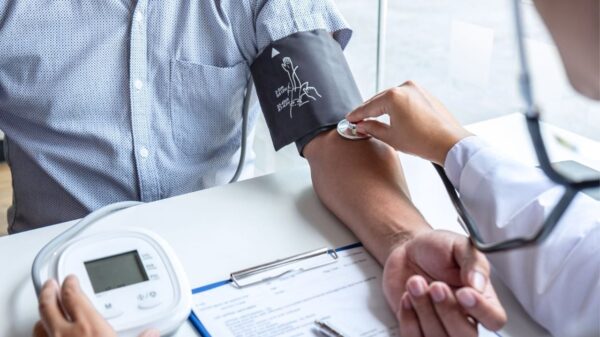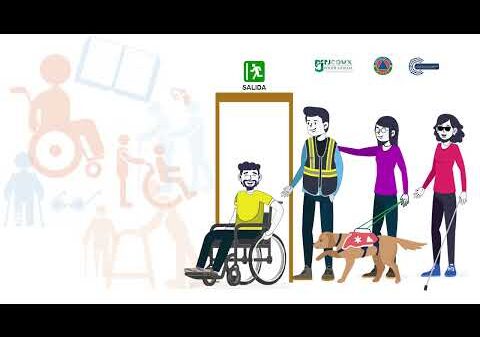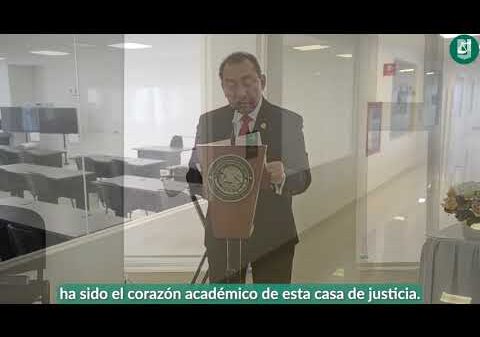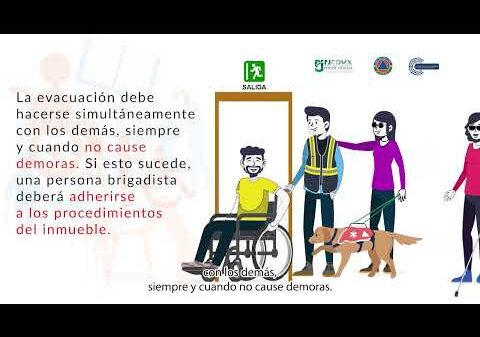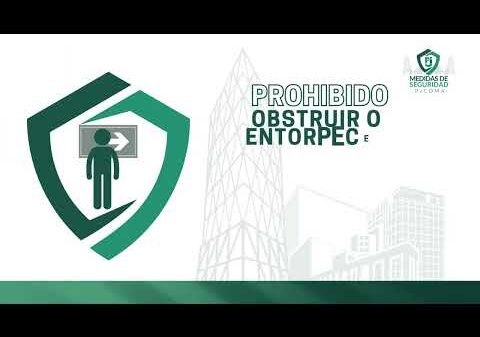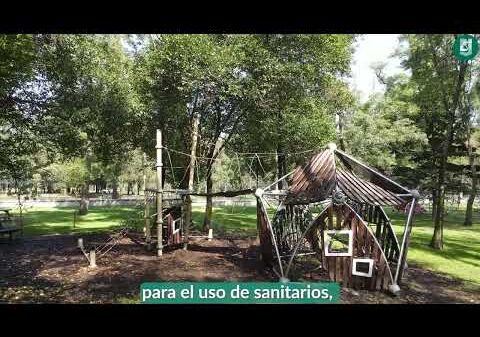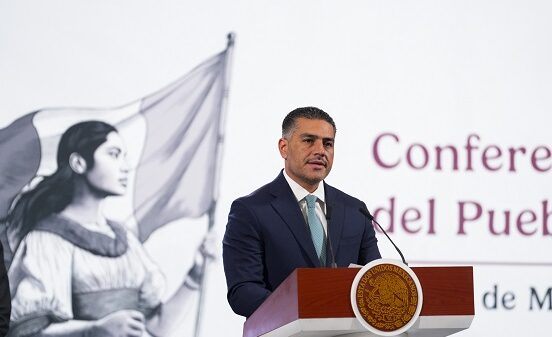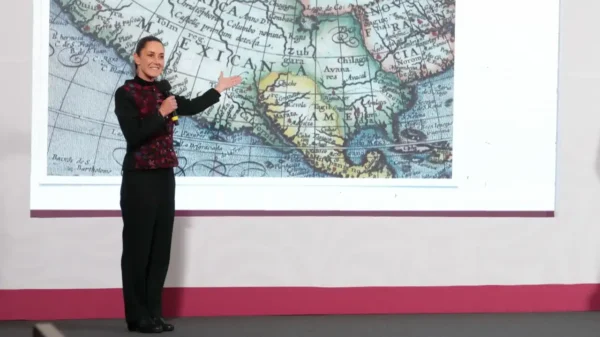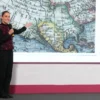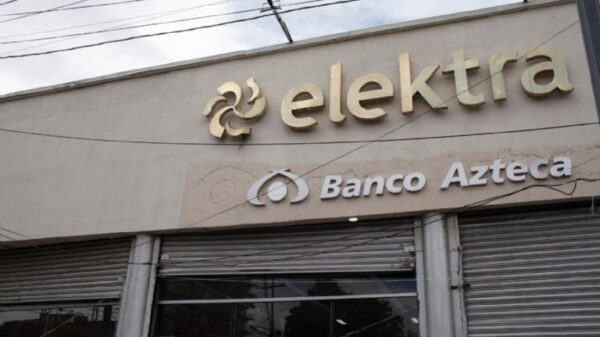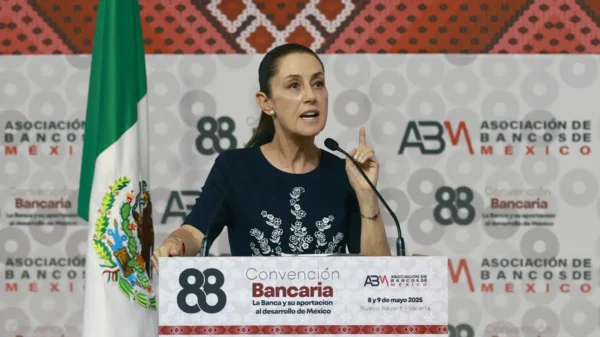Contenido
Effective leadership lies at the core of every thriving educational institution. For years, schools across the globe have experimented with various leadership frameworks to improve student outcomes, empower teachers, and foster community involvement. However, few models have achieved the level of impact demonstrated by the Radar Principal Ruhl School Model.
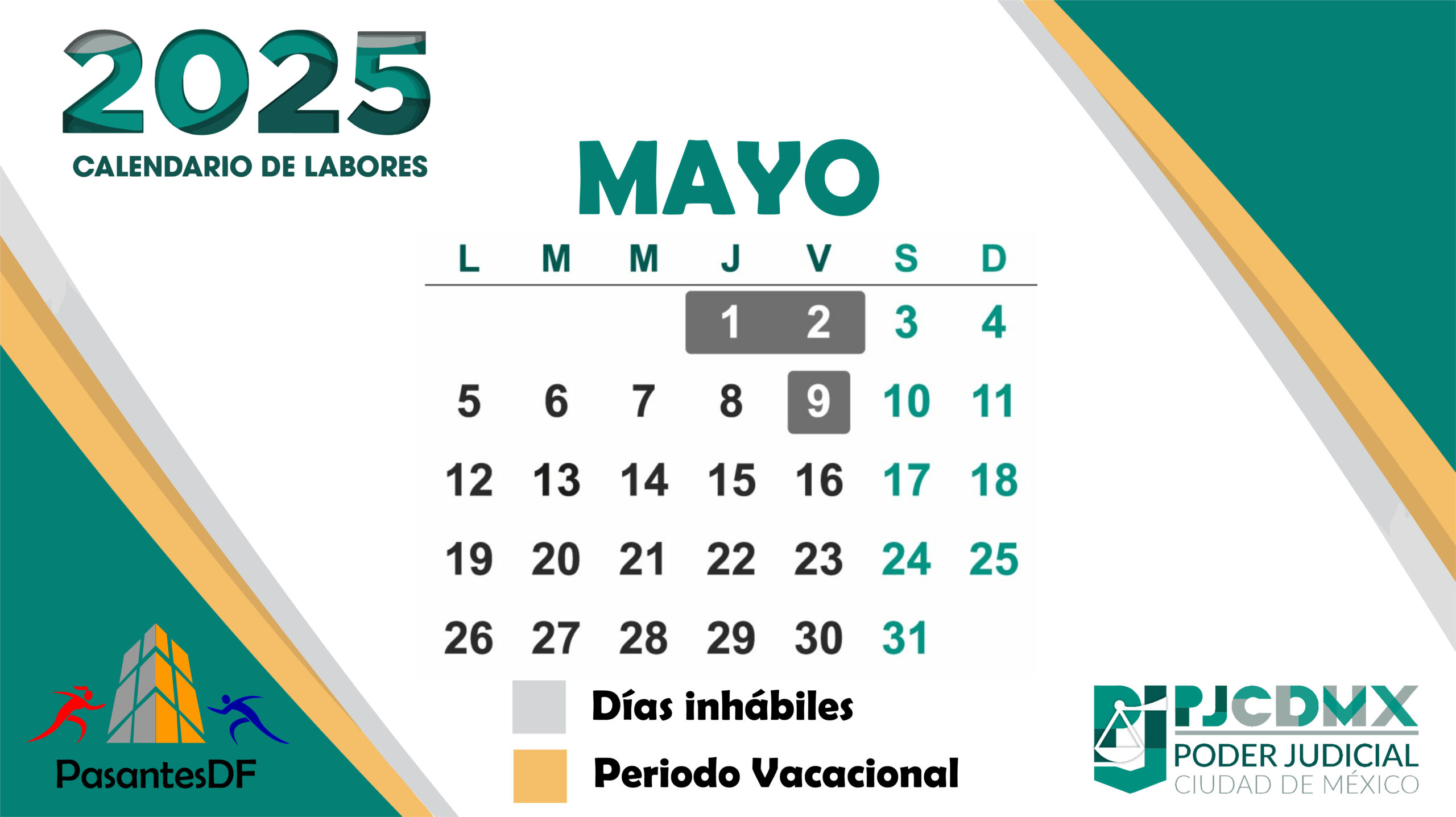
This groundbreaking leadership model has gained recognition for revolutionizing the way schools operate, enabling them to adapt to the intricate and rapidly evolving demands of education today. By shedding light on this innovative approach, we’ll explore the methodologies, principles, and remarkable benefits of the Radar Principal Ruhl School Model—and how it paves the way for a sustainable and inclusive future in schooling.
What is the Radar Principal Ruhl School Model?
The Radar Principal Ruhl School Model is a progressive framework of educational leadership that redefines the role of the school principal. Adopting a radar-style approach, the model encourages principals to act as dynamic leaders who consistently assess, adapt, and respond to the unique needs of their schools. Under this model, leadership becomes proactive and omnidirectional, much like radar technology that scans its environment to identify opportunities and potential challenges.
Core Principles of the Model
- Continuous Adaptation
Radar leadership emphasizes the importance of monitoring and adapting to external and internal changes in real-time. This enables schools to remain agile amidst educational policy shifts, technological advancements, and growing diversity among students.
- Empowering Teachers as Co-Leaders
Under the model, principals work alongside teachers as collaborators, delegating leadership opportunities while fostering professional development. This partnership creates a culture of shared accountability and innovation.
- Data-Driven Decision-Making
Leveraging data analytics is central to the Radar Principal Ruhl Model. Principals use data to analyze student performance trends, identify areas of improvement, and make informed decisions about resource allocation and curriculum adjustments.
- Holistic Community Engagement
The model recognizes that successful schools thrive on strong relationships with parents, students, and the broader community. Leaders actively involve all stakeholders to create a supportive ecosystem for learning and growth.
- Sustainability and Equity
From sustainability initiatives to ensuring equity across all student demographics, the model heavily prioritizes initiatives that ensure long-term progress and inclusivity.
The Impact of Radar Leadership on School Operations
Evolving from traditional top-down leadership approaches, the Radar Principal Ruhl School Model empowers schools to accelerate progress on multiple fronts. Its application yields measurable benefits in academic performance, teacher satisfaction, and community trust.
Improved Student Outcomes
70% of schools implementing radar leadership strategies have reported higher test scores and stronger student engagement. These outcomes are often a result of individualized educational plans informed by real-time analysis and strategies introduced through leadership collaboration.
For instance, a middle school in California implementing the model observed a 15% increase in student reading proficiency rates within one year by integrating adaptive learning tools and closely monitoring engagement metrics.
Teacher Empowerment Drives Retention
Teacher burnout has reached critical levels in many education systems. However, radar leadership combats this by positioning teachers as integral decision-makers. Schools aligned with this model report a 25% improvement in teacher retention rates, as educators feel more supported and valued.
“With the Radar Principal Ruhl approach, I don’t just execute plans; I help shape them. It’s genuinely empowering,” said Karen Matthews, a high school math teacher from Austin, Texas.
Stronger School-Community Relationships
The Radar model bridges the gap between schools and their communities. By facilitating regular feedback loops and hosting community involvement programs, schools have observed a marked increase in volunteer participation and parental trust. This two-way communication builds a robust support network that benefits students academically and emotionally.
How to Implement the Radar Principal Ruhl School Model
Implementing this revolutionary framework requires commitment at all levels—from district leaders to individual teachers. Here’s a step-by-step guide to success with the Radar Principal Ruhl model.
1. Assess the Current Leadership Structure
Begin by conducting an evaluation of your school’s existing leadership model. Use surveys, stakeholder interviews, and performance data to identify areas in need of improvement.
2. Invest in Leadership Training
Effective radar leadership starts with training. Principals and teachers must develop skills in decision-making, data analysis, and conflict resolution to perform as adaptable and collaborative leaders.
3. Foster a Culture of Collaboration
A school cannot thrive without cohesive teams. Organize regular teacher-principal roundtables to establish shared goals and responsibilities. Collaborative tools like Slack or Google Workspace can further streamline communication.
4. Leverage Technology for Data Insights
Invest in technology platforms that capture and analyze data on attendance, academic scores, and behavioral trends. Intuitive software such as Tableau for Education or PowerSchool can enhance decision-making accuracy.
5. Establish Feedback Mechanisms
No radar is complete without feedback loops. Create open forums and surveys for parents, students, and teachers to voice their experiences. Consistent feedback ensures that challenges are detected and addressed early.
6. Commit to Equity-Focused Initiatives
Ensure equitable access to resources for all students, especially underserved groups. This can include offering tutoring programs, scholarships, and inclusive cultural celebrations to eliminate disparities.
Real-World Examples of Success
The Radar Principal Ruhl School Model isn’t just a theoretical framework—it’s already driving change in schools worldwide. Take, for example, Shawnee High School in Kentucky. By implementing radar leadership strategies, Shawnee increased its graduation rate from 79% to 92% over three years, while reducing absenteeism by 12%.
Similarly, a district in Nevada adopted the model to tackle its teacher turnover crisis. By empowering teachers to lead innovation committees and receive leadership coaching, they improved teacher satisfaction rates by 30% within 18 months.
Why Schools Can’t Afford to Ignore Radar Leadership
Leadership transformation is no longer an option—it’s a necessity. From improving student outcomes to fostering a sense of belonging among all stakeholders, the Radar Principal Ruhl School Model ensures schools stay competitive in the face of change.
By adopting this model, institutions can effectively address the challenges posed by modern education while setting the stage for long-term success.
Lead with Vision—Create Change Today
The Radar Principal Ruhl School Model is about more than leadership—it’s about creating an environment where everyone has the potential to thrive, from students and teachers to parents and administrators.
Are you ready to empower your school with this revolutionary approach? Schedule a consultation with our team to learn how you can tailor the Radar Principal Ruhl framework to your unique institutional needs.
Together, we can redefine what success looks like in education.
Cortesía de Miltrámites.net

Dejanos un comentario:



